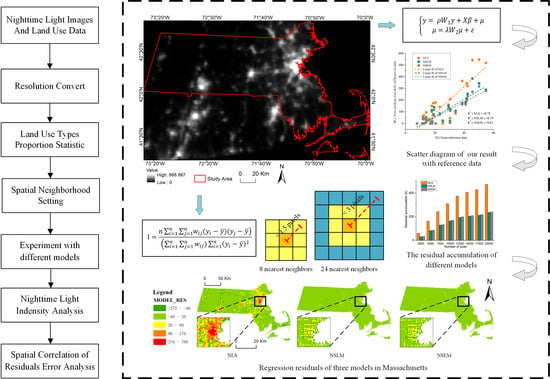Developing Non-Negative Spatial Autoregressive Models for Better Exploring Relation Between Nighttime Light Images and Land Use Types
Abstract
Share and Cite
Zheng, H.; Gui, Z.; Wu, H.; Song, A. Developing Non-Negative Spatial Autoregressive Models for Better Exploring Relation Between Nighttime Light Images and Land Use Types. Remote Sens. 2020, 12, 798. https://doi.org/10.3390/rs12050798
Zheng H, Gui Z, Wu H, Song A. Developing Non-Negative Spatial Autoregressive Models for Better Exploring Relation Between Nighttime Light Images and Land Use Types. Remote Sensing. 2020; 12(5):798. https://doi.org/10.3390/rs12050798
Chicago/Turabian StyleZheng, Honghan, Zhipeng Gui, Huayi Wu, and Aihong Song. 2020. "Developing Non-Negative Spatial Autoregressive Models for Better Exploring Relation Between Nighttime Light Images and Land Use Types" Remote Sensing 12, no. 5: 798. https://doi.org/10.3390/rs12050798
APA StyleZheng, H., Gui, Z., Wu, H., & Song, A. (2020). Developing Non-Negative Spatial Autoregressive Models for Better Exploring Relation Between Nighttime Light Images and Land Use Types. Remote Sensing, 12(5), 798. https://doi.org/10.3390/rs12050798







